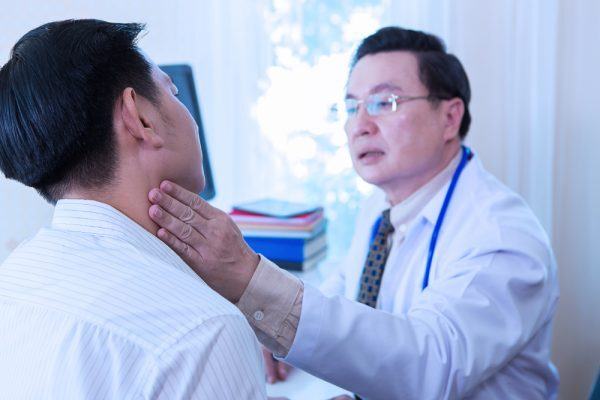Workers’ Compensation Studies will often provide Injured Workers insight as to Insurance Companies’ and Medical Providers’ tactics. Injured Workers often feel like there is an agenda working against them. A recent study about post-operative visits for Upper Extremity Surgery raises concerns.
This article will discuss Upper Extremity Surgery, the Study’s results and the Study’s implications for Injured Workers.
What Are Upper Extremity Surgeries?
In the workers’ compensation system, upper extremities can fit into two categories.
First, there are traumatic injuries which require surgeries. A skill saw accident involving amputation is one which may require extensive and specific procedures.
Second, there are surgeries that are due to Occupational Illness. These surgeries are most likely related to repetitive trauma.
One common occupational illness surgery is carpal tunnel.
What Are Typical Workers’ Compensation Upper Extremity Surgeries?
Typical workers’ compensation surgeries, which were also the subject to the Study, are Carpal Tunnel Release, Trigger Finger Release, Cubital Tunnel Release, and De Quervains.
With respect to these surgeries, sometimes two or more of these procedures can be done at the same time.
What Did the Study Find?
The study found that workers’ compensation patients have more post-operative visits after surgery than non-industrial surgeries. Henry TW, Townsend CB, Beredjiklian PK. Workers’ Compensation Status Confers a Greater Number of Postoperative Visits After Common Upper Extremity Surgeries. Cureus. 2021;13(4):e14629. Published 2021 Apr 22. doi:10.7759/cureus.14629
The study viewed these additional visits as being an additional cost which could be targeted for saving. Telehealth appointments were suggested as a means of lowering costs. Also, there is the concern overburdening the providers with additional appointments.
Comment: Workers’ compensation claims have reporting obligations. Therefore, there is a greater need for appointments. Likewise, there are return to work issues which may also cause the need for additional post-operative appointments.
Further, non-industrial patients, if they are satisfied with their result, may be inclined to cancel or not follow through with post-operative appointments. Thus, there are a number of drivers in the workers’ compensation system which cause more appointments than non-industrial patients. The notion of telehealth evaluations, however, may be of value. In matters where there is excellent post-surgery healing, an actual appointment with the provider may not be so important. A telehealth evaluation may suffice.
Besides Costs, What Are Other Concerns in the Workers’ Compensation System Claims involving Upper Extremities?
Risk Management concerns on post-operative cases include the Injured Worker’s compliance with treatment, their functional outcome, their symptom relief, their return to work and their satisfaction. Henry TW, Townsend CB, Beredjiklian PK. Workers’ Compensation Status Confers a Greater Number of Postoperative Visits After Common Upper Extremity Surgeries. Cureus. 2021;13(4):e14629. Published 2021 Apr 22. doi:10.7759/cureus.14629
What If I Need Advice?
If you would like a free consultation regarding workers’ compensation, please contact the Law Offices of Edward J. Singer, a Professional Law Corporation. We have been helping people in Central and Southern California deal with their workers’ compensation cases for 27 years. Contact us today for more information.



